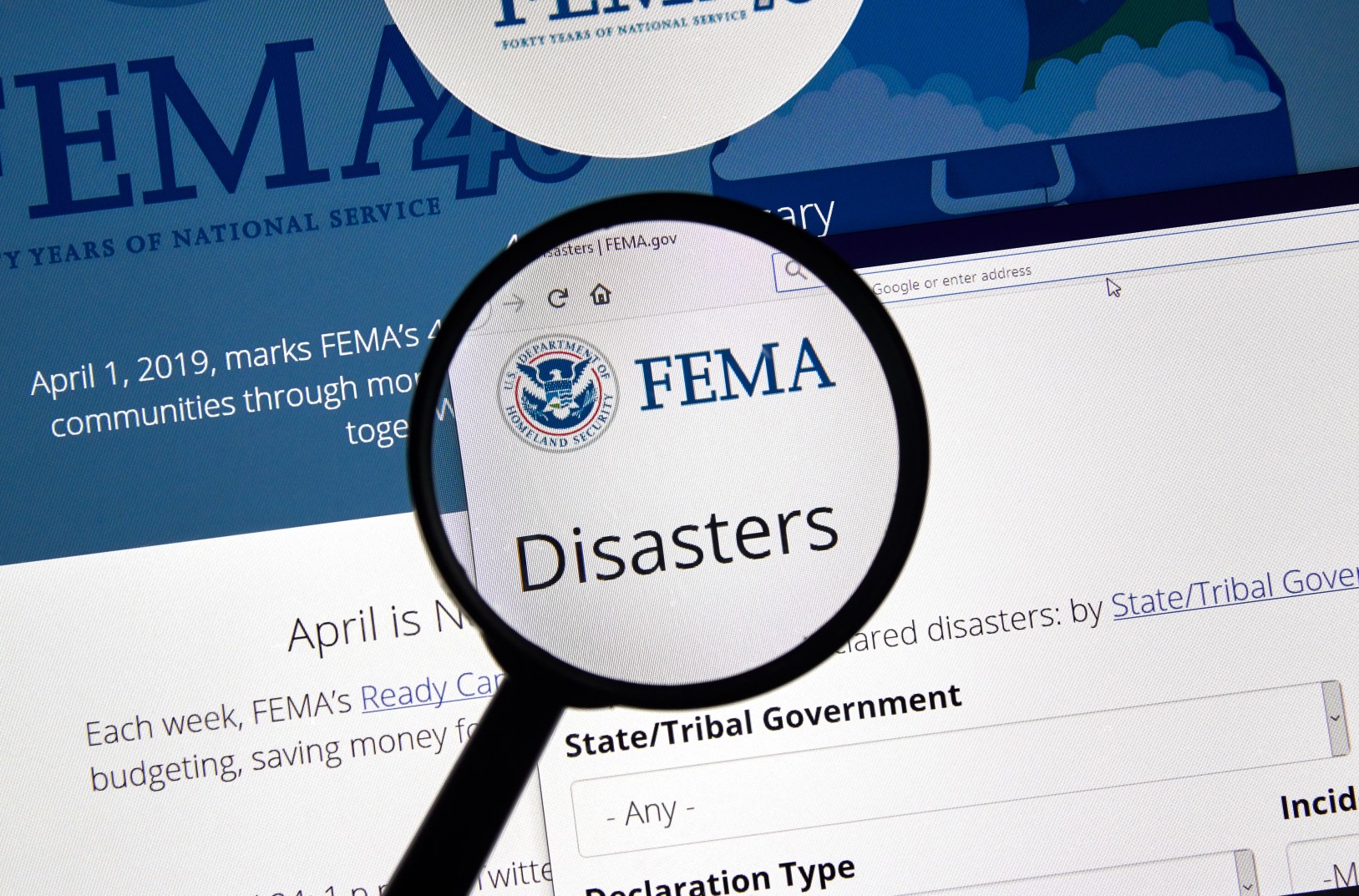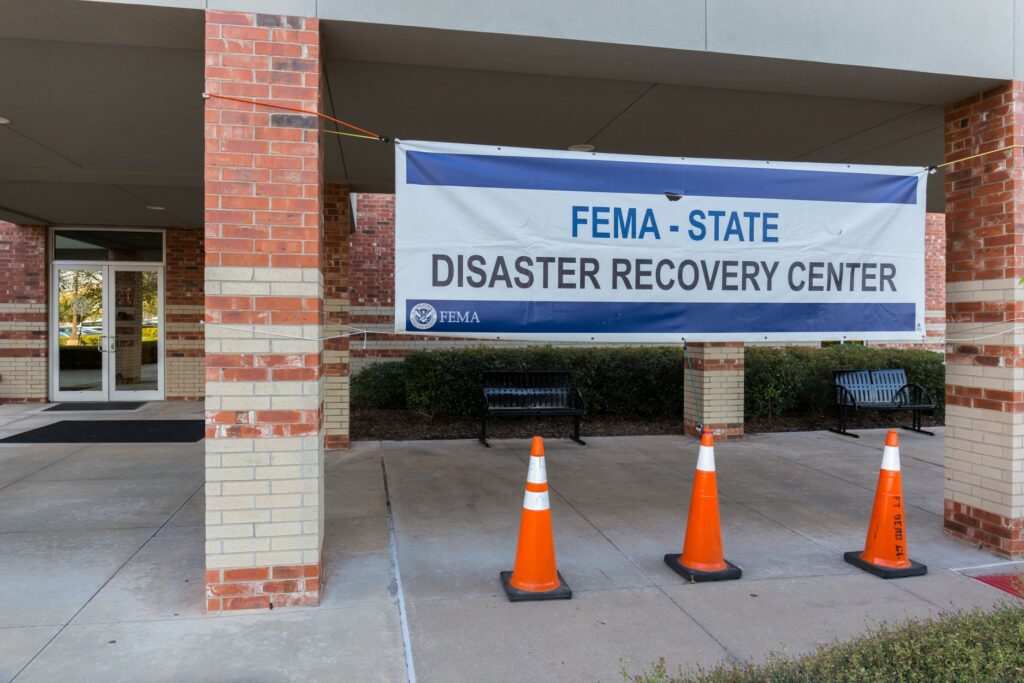
Heavy Rain, Flooding, and Chance of Severe Weather Staring Down the Southern U.S.
January 22, 2024
Posted: September 1, 2023 9:45 am





The Federal Emergency Management Agency (FEMA) announced last week that it is going to earmark nearly $3 billion in funding for communities around the nation to build resiliency plans to combat the extreme weather brought about by human-induced climate change. Here is a look into this new legislation and its goal to go to battle against the recent surge of natural disasters.
It has been a record-breaking year of extreme weather events, ranging from deadly wildfires to extreme heat. The latest natural disaster happened just last week when a powerful Category 3 hurricane surged onto the coast of Florida and into the Southeast.
Climatologists have been warning for years that these disasters are increasing in frequency and intensity as a result of the climate crisis. The new funding is part of the bipartisan infrastructure legislation that was passed last year. The influx of money is much-needed as FEMA recently announced that it is running low on funds set aside for disaster relief efforts.
FEMA is asking Congress to approve additional funding when it returns to session after the Labor Day weekend. The infrastructure package encompassed billions of dollars that has been set aside to improve resiliency in the face of the consequences of climate change. These consequences include stronger hurricanes and rising sea levels.
The intent of the funding is to reduce the amount of needed for response and recovery efforts in the face of an extreme weather event. By proactively investing in building resiliency across America’s most vulnerable communities, experts hope that FEMA will need to spend less when a disaster strikes.

It is important to note that the resiliency funding is coming from a different bucket than what FEMA uses to respond immediately to storms and their aftermath. That particular fund is running low as a result of the high number of natural disasters that the nation has faced this year.
Although FEMA typically enjoys bipartisan support in the House, the Republicans in the House of Representatives have been vocal that they are not happy with the disaster relief funding being tied to the money sent to Ukraine. This could precipitate a fight in Congress to get this money into FEMA hands.
The good news is that FEMA has already accounted for the increase in spending that will be needed in the ongoing recovery efforts in California as a result of Hurricane Hilary and in Maui after it was devastated by deadly wildfires last month. Officials with FEMA monitor this fund daily to ensure that they will be able to respond appropriately to the next natural disaster.
There are numerous ways that FEMA will be able to use the new influx of funding to build more resilient communities. For example, some money has been set aside to plant 10,500 new trees in Portland, Oregon over the next three years. These trees will be invaluable in providing shade during times of extreme heat while also improving the air quality in this region of the Pacific Northwest. The addition of more trees and plants has been shown to reduce the impacts of urban heat island that are prevalent in densely populated cities.
FEMA said that they will also use the funding to strengthen the energy grid in Jefferson Parish, Louisiana. This is a part of the Gulf Coast that has been prone to potent hurricanes that frequently knock out power. In addition, the funding will be used to upgrade the Hobart Creek Reservoir Dam in Nevada to safeguard water levels in this vulnerable area.
Communities that have been at risk of frequent flooding will see some of the greatest amount of attention with this funding. Ideas that are being considered include elevating homes along the Florida coastline and demolishing structures that have been repeatedly flooded and turning them into green space to combat rising temperatures.
These are just a few of the ways that FEMA is looking to invest in communities so that the impacts of climate change do not hit quite as hard.
The administration of President Joe Biden has made climate resilience a tenet of its policies. Beyond the money set aside for FEMA, the White House is also working with other federal and local agencies to spend more on climate resiliency measures. FEMA officials have noted that they are needing to respond to disasters with a much greater frequency than in years past, necessitating that more money is funneled into proactively addressing these issues.
Did you find this content useful? Feel free to bookmark or to post to your timeline for reference later.

January 21, 2024

January 19, 2024

January 18, 2024